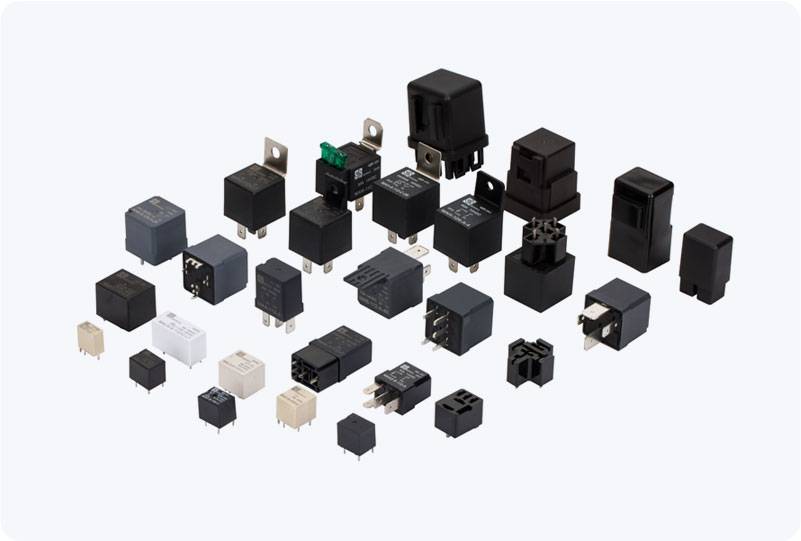A Thermostatic Mixing Valve (TMV) is a crucial component in modern plumbing systems, designed to maintain safe and comfortable water temperatures for various applications, from residential homes to healthcare facilities. By blending hot and cold water to achieve a precise and stable temperature, TMVs provide not only comfort but also safety by reducing the risk of scalding and hypothermia. In this article, we will explore the essential functions, benefits, and applications of Thermostatic Mixing Valves in everyday life.

What is a Thermostatic Mixing Valve? A Thermostatic Mixing Valve (TMV) is a device that mixes hot and cold water to achieve a preset and controlled output temperature. The primary function of a TMV is to ensure that the water temperature remains consistent, even when the temperature of the incoming hot or cold water fluctuates. The valve automatically adjusts the flow of each water stream to maintain the desired temperature, offering both safety and comfort for users. TMVs are commonly found in residential, commercial, and industrial settings, especially in places where precise temperature control is required. They play a significant role in preventing scalding, making them indispensable in bathrooms, kitchens, and healthcare environments, where individuals are at higher risk of injury from water that is too hot.
Leave a Reply